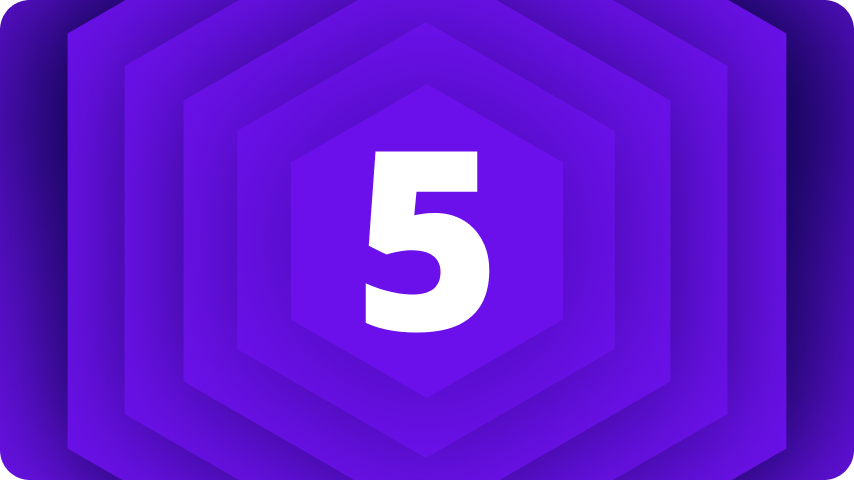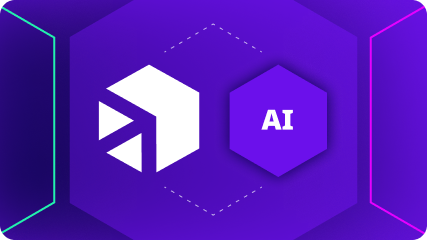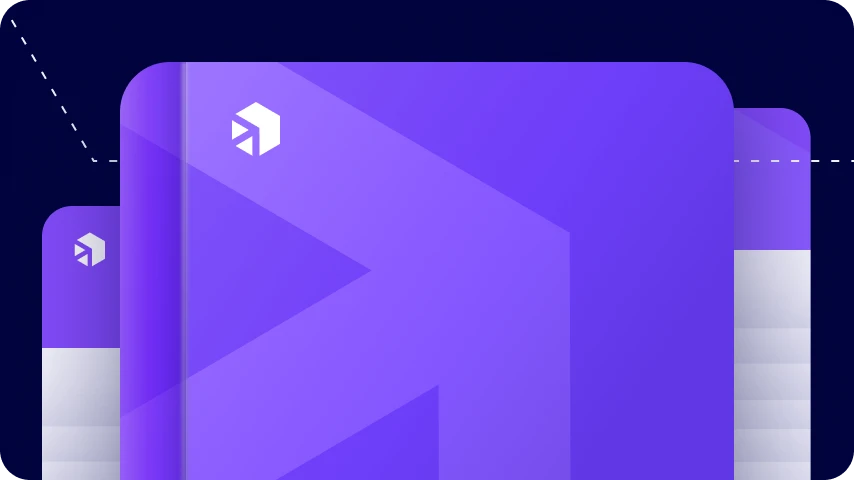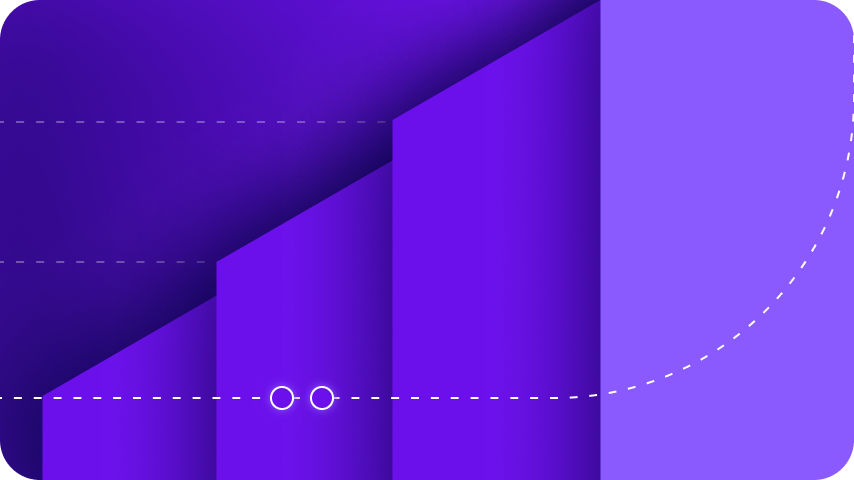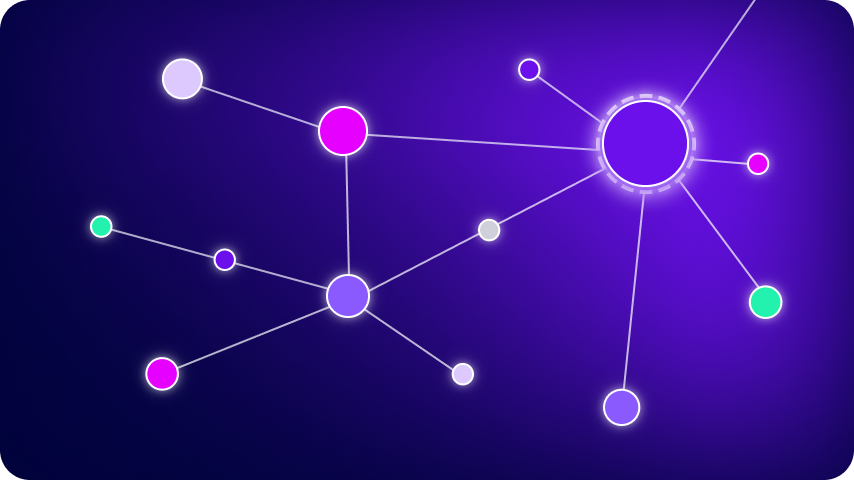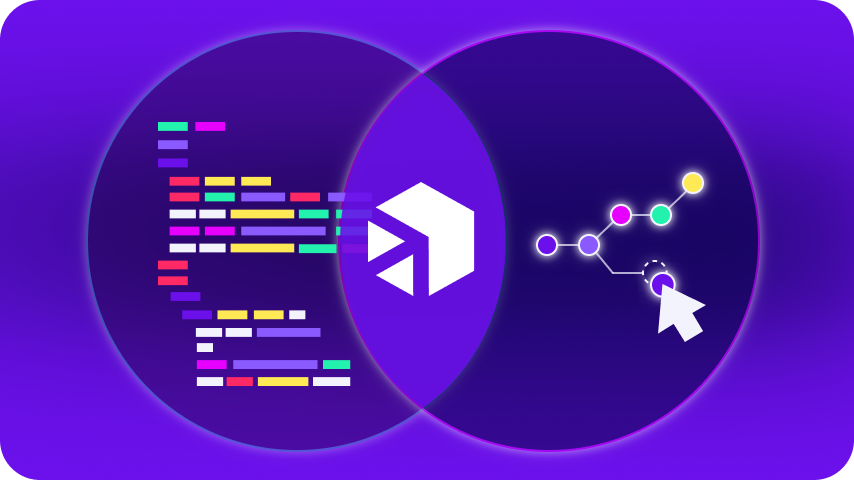May 4, 2022
Solutions offered “as-a-service” are hardly new. Software-as-a-Service (SaaS), Platform-as-a-Service (PaaS), and Infrastructure-as-a-Service (IaaS) are all commonplace technologies we take for granted. But new “aaS” categories continue to emerge – some of which are already widely adopted in the enterprise world.
Integration Platform-as-a-Service (or iPaaS) for enterprises offers companies new opportunities to transform the way they manage IT resources. Building on some concepts at the core of SaaS and PaaS, it offers new strategies for connecting siloed or legacy IT assets (and the business units that depend on them).
What are the Benefits of iPaaS for Enterprise?
The short explanation: iPaaS is a technological solution that uses cloud-based resources to bring disparate IT resources and systems together and utilize all the benefits of integration in one place.
What does that mean? iPaaS is a way to integrate data and systems that lack a native means for efficiently connecting with each other to build unified workflows. It lets organizations define how independent systems should communicate, share data, and operate in tandem. iPaaS can also provide tools to help secure and monitor the integrated environments they empower businesses to build.
By design, an iPaaS is platform-agnostic and capable of creating connections between virtually any applications or resources, regardless of whether they are running in the same cloud, separate clouds, on-premises or some combination of the above. It can work with anything from cloud-native, API-first applications to monolithic legacy systems.
| Enterprise iPaaS vs. SaaS vs. PaaS? |
|---|
| An enterprise iPaaS can fill a role that these others do not. While a PaaS provides a simple solution for application development and deployment, and a SaaS lets users host software in the cloud without the need to deploy or manage it themselves, neither addresses the need to integrate multiple applications. That’s where enterprise iPaaS comes in. An enterprise iPaaS solution ensures secure, reliable connections between IT systems, allowing companies to leverage the power of all their applications collectively. |
What to Expect from an iPaaS
An iPaaS is a category of technology, not a specific product, and there are multiple ways to implement an iPaaS. Nonetheless, every iPaaS should offer a core set of features:
Connect Siloed Systems
Allows disparate applications or resources to communicate and share data in a systematic way
Align IT and Business Goals
Allows IT teams to collaborate with other stakeholders to identify and implement valuable integrations and maximize ROI
Facilitate System Monitoring & Management
Enables teams to monitor integration performance in near-real time, track updates
Connect Disparate Units
Facilitates cooperation between discrete business units by connecting systems and data
Accelerate Deployment & Updates
Simplifies and reduces time spent on deployment and update processes
Support Continual Improvement
Allows teams to optimize applications over time through point-to-point observability and automated remediation
How Can an iPaaS Benefit Enterprises?
The features discussed in the previous section may help clarify what constitutes an iPaaS, but connecting those features to real-world business goals is the best way to demonstrate how an iPaaS offers value to an organization.
1. Enabling Composable Applications
There is frequently a disconnect between the way businesses develop and deploy applications and the way they use them.
Traditionally, apps have been developed on a case-by-case basis – each created to serve a specific business need. This strategy has resulted in significant functionality overlap between applications, leading to a great deal of redundant effort.
| Example: A company with dozens of apps that each include a payment processing component might be spending time and money to create and maintain that functionality in each app from scratch. |
But in a composable architecture, functionality is split into discrete units that are shared across applications. So when developers create a module to handle payment processing, that module can be used in every application requiring that functionality, decreasing the resources needed for both development and maintenance.
Composable applications offer a wide range of benefits over traditional design and development strategies:
- Agility: Functionality updates can be completed more rapidly when changes made to a single module are reflected across multiple apps
- Performance: Eliminating the need for developers to write the same code multiple times means companies can do more, faster with a smaller number of specialized experts
- Customizability: Composable app modules can be customized to meet the needs of different users or support nuanced use cases within each application
- Data integration: A composable app strategy enables a single stream of data to be created and shared across multiple apps, eliminating the need for redundant data stores
Why iPaaS for Enterprise Matters
One of the reasons composable applications aren’t used everywhere is because integrating and managing so many different units of code is such a steep challenge. For composable apps to work, developers need the ability to:
- Connect all the modules needed to complete applications
- Update individual modules without breaking the app functionality that depends on them
- Configure module behaviors for different use cases and data types
With an iPaaS solution in place, developers have all the capabilities needed to connect, manage, secure, and update modules in a consistent, systematic way without compromising on functionality.
2. Supporting Omnichannel Architecture
Businesses today typically need to deliver a consistent user experience across a range of different platforms including PCs, tablets, smartphones, and Internet of Things devices. Omnichannel is the new normal. Consumers expect to be able to reliably, intuitively interact with your business regardless of how they engage with your systems.
But organizations with established IT environments that weren’t designed with omnichannel initiatives in mind can face steep challenges. Delivering a consistent experience for users via applications that are each reliant on their own code and data stream (and in some cases, data structures) is not easy. Guaranteeing that experience will also be fast and reliable is even harder.
And to make things even more complicated, many business applications are in a continual state of evolution. Building manual integrations to deliver a consistent end-user experience becomes a never-ending game of cat and mouse, as an update in one application prompts a domino effect of update requirements across other apps to maintain the omnichannel experience.
Why iPaaS for Enterprise Matters
An iPaaS solution can help eliminate many of the application-level barriers to an omnichannel strategy. Teams can define integrations between applications once, then keep them in sync even as the apps themselves evolve. And the composable nature of iPaaS integrations makes reusing components across applications a simple process, ensuring users have the same functionality and data access across all apps.
3. Maximizing Business Agility
An agile business is a competitive business. Companies with the ability to react rapidly to changes in the market or their customer base have a better chance of success.
Unfortunately, IT systems are often one of the weakest links in the business agility chain. Reliance on siloed applications means that companies must update every app individually – a time-consuming prospect – to deploy new functionality. At the same time, a siloed organizational structure makes it difficult for various business units to understand what others are doing and identify efficiency and cost-saving opportunities.
Complex enterprise software systems can make business agility even harder to achieve. When special expertise is required to manage and connect each business-critical platform with others, it can be challenging to update IT systems to support business strategy pivots.
Why iPaaS for Enterprise Matters
With iPaaS, business platforms like enterprise resource planning or point of sale systems can be integrated in weeks rather than months or years – a significant advantage when goals shift suddenly or companies make internal organizational changes. The ability to execute business functions in parallel within an iPaaS platform also facilitates rapid data transfers, ensuring that IT systems are supporting, not hindering, operations.
And because an iPaaS serves as a central platform on which applications can be built, run, and monitored, it empowers stakeholders, developers, and IT teams to collaborate in a common space when defining and implementing changes required to meet changing demands and new goals.
Could Your Enterprise Benefit from an iPaaS?
The power and benefits of an iPaaS solution could help your organization achieve its business goals, regardless of company size or vertical. At Digibee, we offer an innovative iPaaS model that can help your business address systems integration challenges faster and more efficiently than any other solution on the market today, creating integrations up to ten times faster than other tools with our automated, system-agnostic pipelines.
Want to learn more about Digibee’s innovative enterprise iPaaS?

